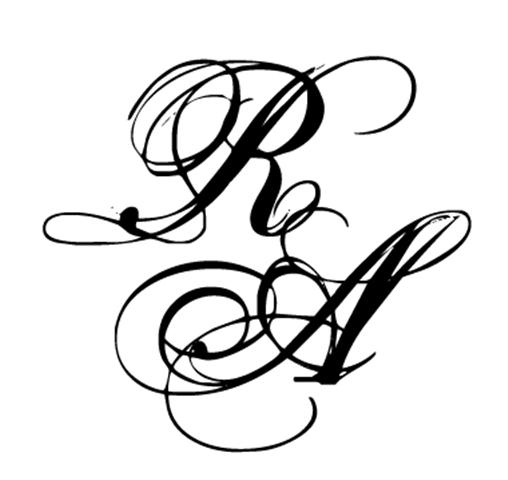A 19th Century kingwood and gilt-bronze bonheur du jour by Charles-Guillaume Diehl, French c.1860
A 19th Century kingwood and gilt-bronze bonheur du jour by Charles-Guillaume Diehl, French c.1860
An elegant and important bonheur du jour or lady’s writing desk. Constructed of kingwood with other rare and exotic timbers, and having fine gilt-bronze decoration, the piece dates from the period of Napoleon III, and embodies most beautifully the matchless skills of the craftsmen working during the Louis XVI/Rococo Revival.
Superbly finished with a graceful ormolu gallery inset with fretted heart motifs, the upper section has ormolu mounted fluted pilasters to either side, with the two marquetry doors being by the Parisian master, E Varlot, both being individually set with central inlaid panels of supreme quality.
The doors open to reveal a double top and bottom lock, an inner brass plate engraved with Diehl’s furniture mark and address. The internal veneer is of rosewood, the two drawers beneath both being lined out with a sycamore veneer, one fitted as for inkwells.
The ormolu edged writing flap is set centrally, showing a gentleman and his lady seated, their hands clasped, the lady significantly holding a mandolin - a true sign of devotion and love. When opened, the writing flap reveals the original richly tooled velvet leather surface beneath. The stand has a central frieze drawer, lined out with rosewood and having a top and lower lock. The whole standing on ormolu-mounted fluted legs.
Fine and rare veneers and timbers were deliberately chosen and employed for the inlay work of this piece, including harewood, thuya, purpleheart, palm wood and tulipwood, and indeed well chosen, for the colours throughout remain outstanding.
Size: 54.5in.(138.4cm.)high; 32.65in.(82.9cm.)wide; 18.75in.(47.6cm.)deep
Stock Number: VT20273
🔶 On Consignment
Considered amongst the most important cabinetmakers of the 19th Century, Diehl, originally from Steinbach, Germany, had established his large atelier in Paris by 1840. An outstanding craftsman, Diehl’s artistic and very significant works were shown at many of the major international exhibitions from 1851 onwards.
The 18th Century love of smaller rooms had led to a demand for furniture of a proportionate scale, and by mid-century French ébénistes had produced the immediately fashionable bonheur du jour (success of the day). The bonheur du jour, as introduced in the 1760s, is typically a small table with a single frieze drawer which has a cabinet superstructure above incorporating shelves and pigeon holes. These pieces were made for a lady’s use as a writing table in either the drawing room or boudoir, hence their undoubted elegance and charm.










